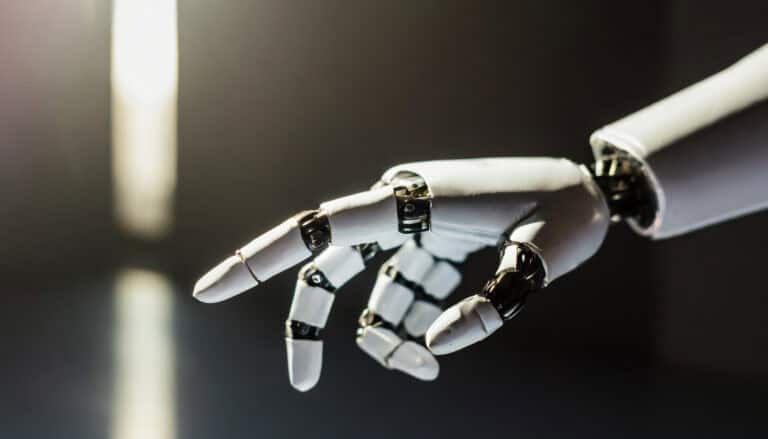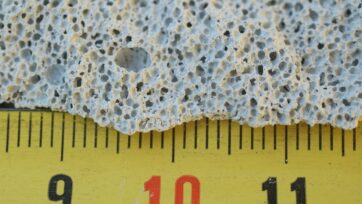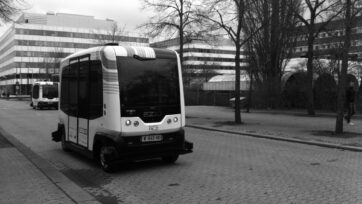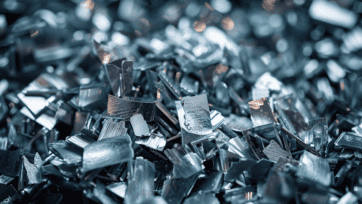In a remarkable breakthrough in prosthetics, researchers at the Johns Hopkins Applied Physics Laboratory (APL) have developed a pioneering cooling patch designed to restore temperature perception for individuals with amputated limbs. The innovative device, featured in a study published in Nature Biomedical Engineering, represents a significant leap forward in providing comprehensive sensory feedback for users of bionic limbs.
The development of the cooling patch stems from the collaboration between the APL researchers and Johnny Matheny, a volunteer amputee who lost his left hand to fibrosarcoma over 15 years ago. Despite advancements in bionic technology, Matheny and others like him continued to experience limitations in sensory feedback, particularly in temperature perception.
The cooling patch, a thin, dime-sized square, utilizes thermoelectric cooling technology to create a cooling sensation on the skin’s surface. Embedded within wearable fabric or directly applied to the skin, the patch delivers rapid temperature changes, simulating sensations of coldness previously inaccessible to prosthetic users.
Matheny, one of the first volunteers to test the cooling patch, recalls the transformative experience of feeling a cold soda can for the first time since his amputation. “It felt like my own fingers were feeling it,” he reflects, highlighting the profound impact of the device on restoring sensory perception.
Dr. Luke Osborn, lead author of the study, emphasizes the importance of providing comprehensive sensory feedback in bionic limbs. Dr. Osborn explains that advanced bionic hands are becoming increasingly proficient in motor control, but the ability to feel temperature and other nuanced sensations is essential for enhancing user experience and functionality.
The efficacy of the cooling patch was demonstrated through rigorous testing with volunteers, including individuals with upper limb amputations and non-amputees. Results revealed that the patch delivered cooling sensations approximately four times faster and twice as strongly as conventional thermoelectric devices, marking a significant advancement in sensory feedback technology.
Looking ahead, the research team envisions integrating temperature perception alongside other sensory modalities to create a more immersive and lifelike experience for prosthetic users. By leveraging innovative technologies like the cooling patch, researchers aim to bridge the gap between biological and artificial sensations, empowering individuals with amputations to regain a sense of embodiment and connection.
The introduction of the cooling patch represents a pivotal step towards enhancing the functionality and comfort of bionic limbs, offering renewed hope for individuals like Matheny to enjoy everyday experiences with newfound sensory capabilities. As the field of prosthetics continues to evolve, innovations like the cooling patch hold promise for transforming the lives of amputees worldwide.
For more information on the groundbreaking research and its implications for prosthetic technology, refer to the published study in Nature Biomedical Engineering. Stay tuned for further advancements as researchers continue to push the boundaries of sensory restoration in bionic limbs.
References
Ford, Cecilia 2024, ‘How to Make Bionic Limbs (Literally) Very Cool’, Wired, viewed 8th March 2024, <https://www.wired.com/story/how-to-make-bionic-limbs-literally-very-cool/>

























